Home>Articles>What Is The Ideal Inverter Size For Power Tools
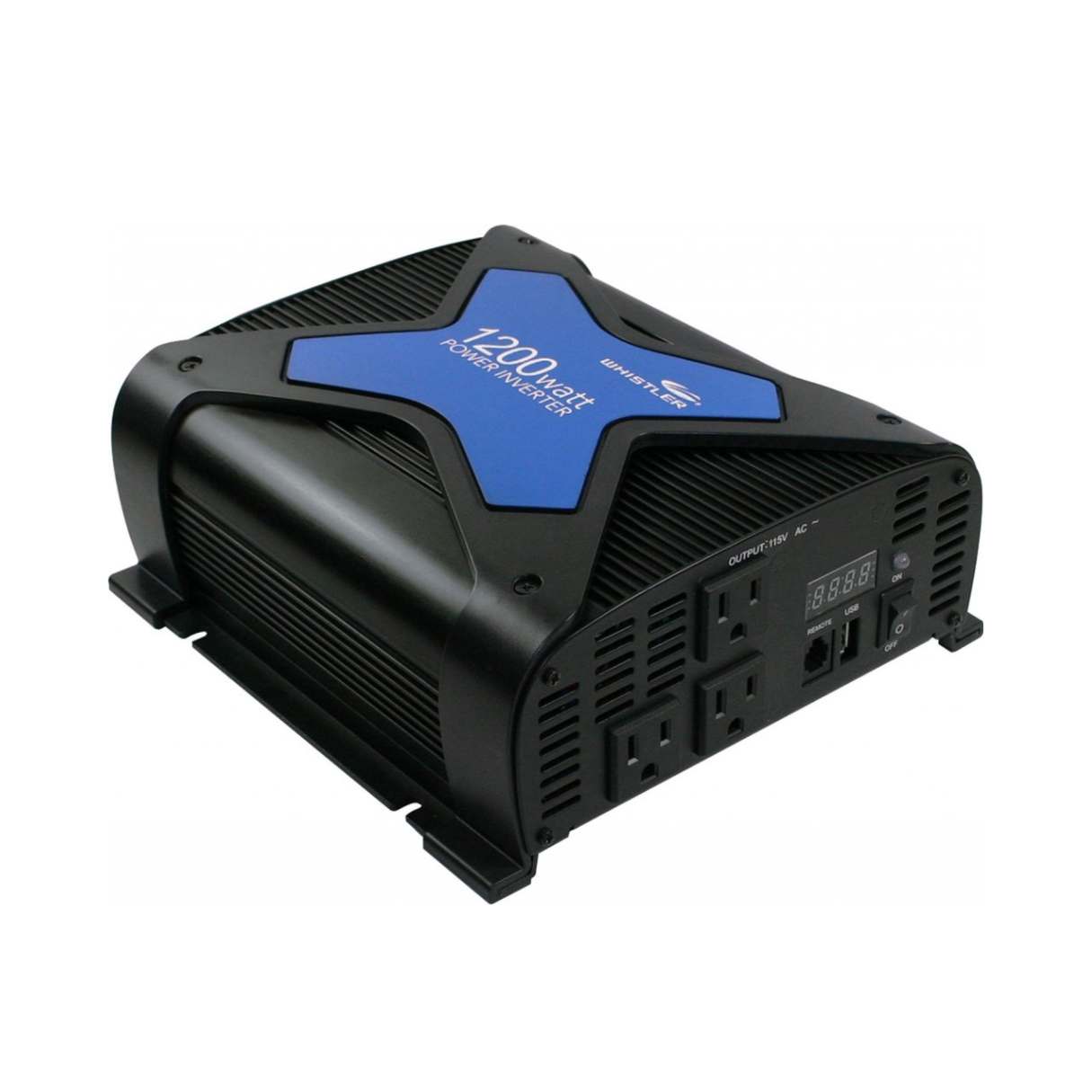

Articles
What Is The Ideal Inverter Size For Power Tools
Modified: May 6, 2024
Need help deciding what size inverter is best for powering your power tools? Check out our informative articles for all the answers you need.
(Many of the links in this article redirect to a specific reviewed product. Your purchase of these products through affiliate links helps to generate commission for Storables.com, at no extra cost. Learn more)
Introduction
Power tools have become an indispensable part of many industries and household activities. Whether you’re a DIY enthusiast or a professional contractor, you rely on these tools to get the job done efficiently. However, one often overlooked aspect when using power tools is the size of the inverter needed to power them.
An inverter is a vital piece of equipment that converts DC power from a battery or generator into AC power, allowing you to use your power tools and other electrical devices. Selecting the right size of the inverter is crucial to ensure optimal performance and prevent any potential damage.
In this article, we’ll discuss the factors to consider when choosing the size of the inverter for power tools. We’ll explore the power tool input requirements, surge and continuous power ratings, and guide you on how to calculate the power requirements. By the end, you’ll have a clear understanding of how to select the correct inverter size for your power tool needs.
So, let’s dive into the factors that play a role in determining the size of the inverter for power tools.
Key Takeaways:
- Selecting the right inverter size for power tools is crucial for optimal performance and preventing potential damage. Consider power tool input requirements, surge and continuous power ratings, and calculate power requirements for a reliable power supply.
- Common inverter sizes range from 300-1000 watts to 3000+ watts, catering to various power demands. Choose an inverter size that aligns with your tools’ power requirements for efficient and effective operation.
Read more: What Is The Ideal Size For A Slow Cooker
Factors to Consider
When determining the appropriate size of an inverter for power tools, several factors should be taken into consideration. These factors include the power tool input requirements, surge and continuous power ratings, and understanding how to calculate power requirements. Let’s take a closer look at each of these factors.
Power Tool Input Requirements: Different power tools have varying power requirements. Some power tools may require more power to operate compared to others. It is crucial to check the specifications of your power tools to determine their power input requirements. This information is usually provided by the manufacturer and can be found in the user manual or on the tool itself. Knowing the power input requirements of your power tools is essential for selecting an inverter that can provide enough power to operate them efficiently.
Surge and Continuous Power Ratings: Power tools often have a higher power requirement when starting up or during heavy usage. This initial surge in power is known as the surge power rating. It is essential to consider this surge power when selecting an inverter. In addition to surge power, power tools also have a continuous power rating, which refers to the power required to keep the tool running during normal operation. Both surge and continuous power ratings are crucial in determining the appropriate size of the inverter.
Calculating Power Requirements: To accurately determine the power requirements for your power tools, you will need to calculate the total power consumption. Start by identifying the power input requirements (in watts) for each power tool you intend to use simultaneously. Add up all these power requirements to get the total power consumption. It is also important to account for any other electrical devices or appliances that you plan to use simultaneously. Once you have the total power consumption, you can proceed to select an inverter that can handle that power load.
Taking these factors into account will help ensure that you choose the right size of the inverter for your power tool needs. In the next section, we will discuss how to select the appropriate inverter size based on your power requirements.
Power Tool Input Requirements
Understanding the power tool input requirements is a crucial step in determining the size of the inverter needed to power your tools effectively. Each power tool has its own power specifications, usually indicated in watts, that determine how much power it requires to operate.
To find the power input requirements of your power tool, you can refer to the manufacturer’s documentation or check the label on the tool itself. This information is typically provided for both the surge power and the continuous power required by the tool.
The surge power refers to the high amount of power needed by the tool during startup or when operating at maximum capacity. Power tools with motors, such as circular saws or angle grinders, often have a higher surge power requirement due to the initial burst of energy needed to get the motor running.
On the other hand, the continuous power refers to the power required to keep the tool running during regular operation. This is the power needed to sustain the tool’s functions once it has started.
It’s important to note that the power input requirements of power tools can vary significantly. While smaller tools like drills or sanders may require several hundred watts of power, larger tools like table saws or air compressors can require several thousand watts.
To determine the overall power input requirements for multiple tools, add up the surge power and continuous power of each tool that you plan to use simultaneously. This will give you a total power consumption that you need to consider when selecting an inverter.
Having a clear understanding of the power input requirements of your power tools is essential in choosing the right inverter size. By accurately determining the power needs of your tools, you can ensure that the inverter can supply enough power without the risk of overload.
In the next section, we will explore the surge and continuous power ratings of power tools and how they factor into selecting the appropriate inverter size.
Surge and Continuous Power Ratings
When selecting the size of an inverter for power tools, it is important to consider the surge and continuous power ratings of the tools. These ratings play a crucial role in determining the appropriate size of the inverter that can handle the power requirements of your tools effectively.
Surge Power Rating:
The surge power rating refers to the maximum power needed by a power tool during startup or when operating at maximum capacity. It accounts for the initial burst of energy required to get the tool’s motor running or handle sudden spikes in power demand.
For example, a circular saw might have a surge power rating of 1500 watts. This means that when you initially start the saw or when you cut through tough material, it may temporarily draw up to 1500 watts of power to handle the extra load.
It is crucial to consider the surge power rating when selecting an inverter because you need to ensure the inverter can provide enough power for these peak demands. Failure to do so may result in the inverter being overwhelmed and shutting down, or it may not be able to supply enough power to the tool, causing performance issues.
Continuous Power Rating:
The continuous power rating of a power tool refers to the power required to sustain its operation during normal usage. It represents the average power consumption of the tool during regular operation.
Using the same example of a circular saw, if its continuous power rating is 1200 watts, it means that while the saw is running under normal cutting conditions, it will consume an average of 1200 watts of power.
When selecting an inverter, it is important to consider the continuous power ratings of your power tools. The inverter must be capable of supplying the required continuous power to ensure the tools operate efficiently without overloading the inverter.
By understanding the surge and continuous power ratings of your power tools, you can choose an inverter that can handle both the initial power demands and the sustained power requirements.
In the next section, we will discuss how to calculate the total power requirements for your power tools and use that information to select the right size of the inverter.
When choosing an inverter for power tools, consider the starting (surge) power and running power of the tools. Add up the power requirements of all tools you plan to use simultaneously, then choose an inverter with a continuous power rating slightly higher than the total.
Calculating Power Requirements
Calculating the power requirements for your power tools is a crucial step in selecting the appropriate size of the inverter. By accurately determining the total power consumption, you can ensure that the inverter can handle the combined load of all your tools without any issues.
To calculate the power requirements, you will need to consider the power input requirements of each individual power tool that you plan to use simultaneously. These requirements are typically provided in watts and can be found in the tool’s documentation or on the tool itself.
Start by listing out all the power tools you intend to use and note down their power input requirements, both surge power, and continuous power. Add up the surge power ratings of all the tools to get the total surge power demand, and do the same for the continuous power ratings to get the total continuous power demand.
Next, consider any other electrical devices or appliances that you plan to use simultaneously with the power tools. Include their power input requirements as well, if applicable. Be sure to convert the power input requirements of any devices or appliances that are listed in amps or volts to watts for consistency.
Once you have all the power input requirements converted to watts, add up the power requirements for all the power tools, devices, and appliances. This total power consumption will give you an estimate of the power demand that the inverter needs to fulfill.
Keep in mind that it is always a good idea to add a safety margin to your calculations. By adding an extra 10-20% to the total power consumption, you ensure that the inverter can handle any unforeseen power surges or additional power needs. This allows for a more stable and reliable power supply.
With the calculated total power consumption and the safety margin in mind, you are now ready to select the right size of the inverter to power your tools effectively and efficiently. In the next section, we will dive into the process of selecting the appropriate inverter size based on your power requirements.
Selecting the Right Inverter Size
Selecting the right size of the inverter is essential to ensure it can handle the power requirements of your tools effectively. By considering the total power consumption, surge and continuous power ratings, and any safety margin, you can confidently choose an inverter that meets your needs. Here are the steps to selecting the right inverter size:
1. Start by reviewing the total power consumption you calculated in the previous section. This total power demand represents the maximum power load that the inverter needs to handle.
2. Consider the surge power ratings of your power tools. Ensure that the inverter you choose can handle the total surge power demand. It should have a surge power rating higher than the highest surge power requirement of your tools.
3. Look at the continuous power ratings of your power tools. The inverter should have a continuous power rating that is equal to or greater than the total continuous power demand.
4. Take into account any safety margin you added to your calculations. Ensure that the inverter can handle the increased power load with the safety margin included.
5. Consider other factors such as the inverter’s efficiency, reliability, and quality. Look for inverter models from reputable brands that have good reviews and ratings.
6. If you plan to use the inverter in a portable setup, consider the size, weight, and portability of the inverter. Choose an inverter that is practical and easy to transport if needed.
7. Finally, consult the manufacturer’s specifications and guidelines to ensure compatibility between the inverter and your specific power tools.
By following these steps and considering all the necessary factors, you can confidently select the right size of the inverter for your power tool needs. A well-sized inverter will provide a stable and reliable power supply, allowing your tools to operate efficiently and effectively.
In the next section, we will explore some common inverter sizes for power tools, giving you a reference point for choosing the appropriate inverter size.
Common Inverter Sizes for Power Tools
When it comes to selecting the size of the inverter for powering your tools, there are several common sizes available in the market. These sizes are designed to handle different power loads and are suitable for a range of power tool applications. Let’s explore some of the common inverter sizes:
300-1000 Watts: Inverters within this range are ideal for powering smaller power tools such as drills, sanders, or small saws. They can also handle other low-power devices like mobile phones, laptops, or small appliances.
1000-2000 Watts: This range of inverters is suitable for powering medium-sized power tools such as circular saws, miter saws, or angle grinders. They can provide enough power to operate these tools efficiently. Additionally, they can handle other low to medium-power devices simultaneously.
2000-3000 Watts: Inverters in this range are capable of powering larger power tools like table saws, air compressors, or heavy-duty drills. They provide sufficient power to operate these tools without any hiccups. They can also handle multiple smaller power tools simultaneously.
3000+ Watts: Inverters with a power rating of 3000 watts and above are suitable for heavy-duty applications. These inverters can power large power tools, such as industrial-grade table saws, air compressors, or welding machines. They are designed to handle high-power demands and provide a steady power supply.
It’s important to note that the specific power requirements of your tools and other devices will determine the exact size of the inverter needed. The common inverter sizes mentioned above serve as a general guideline to help you understand the different power ranges available.
When selecting an inverter size, always consider the surge power and continuous power requirements of your power tools, along with any additional devices or appliances you plan to use simultaneously. Take into account the safety margin and choose an inverter that can comfortably handle your total power demand.
Ultimately, selecting the right inverter size will ensure that your power tools operate efficiently and that you have a reliable power source for your work or projects.
In the concluding section, we will summarize the key points and emphasize the importance of choosing the correct inverter size for power tools.
Conclusion
Selecting the right size of the inverter for your power tools is crucial to ensure optimal performance and prevent any potential damage. By considering factors such as the power tool input requirements, surge and continuous power ratings, and calculating the power requirements, you can confidently choose the appropriate inverter size.
Understanding the power tool input requirements allows you to determine the power needs of your tools and ensure the inverter can provide sufficient power. Taking into account the surge and continuous power ratings ensures that the inverter can handle the initial startup demands and sustain the tools’ operation.
Calculating the power requirements by adding up the power input requirements of all the tools and devices you plan to use simultaneously provides an estimate of the total power consumption. Adding a safety margin helps to account for any unexpected power surges or additional power needs that may arise.
By following the steps to select the right inverter size, considering factors like efficiency, reliability, and portability, and referring to manufacturer specifications, you can choose an inverter that meets your specific power tool needs.
Common inverter sizes such as 300-1000 watts, 1000-2000 watts, 2000-3000 watts, and 3000+ watts are available in the market and cater to different power demands. Choose an inverter size that aligns with the power requirements of your tools and any additional devices you plan to use.
In conclusion, selecting the correct inverter size for power tools ensures stable and reliable power supply, allowing your tools to operate efficiently and effectively. By considering the power tool input requirements, surge and continuous power ratings, and calculating the power requirements, you can make an informed decision and power your tools with confidence. So, next time you are powering your power tools, make sure to select the right size of the inverter for uninterrupted workflow and outstanding results.
Now that you've got a handle on selecting the ideal inverter size, why stop there? Dive deeper into the world of DIY and craftsmanship with our next read on the finest selections in the toolbox. Discover which models stand out, ensuring every project not only starts right but finishes strong and impressively. Don't just take our word for it; see for yourself which tools make the cut for quality, durability, and precision.
Frequently Asked Questions about What Is The Ideal Inverter Size For Power Tools
Was this page helpful?
At Storables.com, we guarantee accurate and reliable information. Our content, validated by Expert Board Contributors, is crafted following stringent Editorial Policies. We're committed to providing you with well-researched, expert-backed insights for all your informational needs.
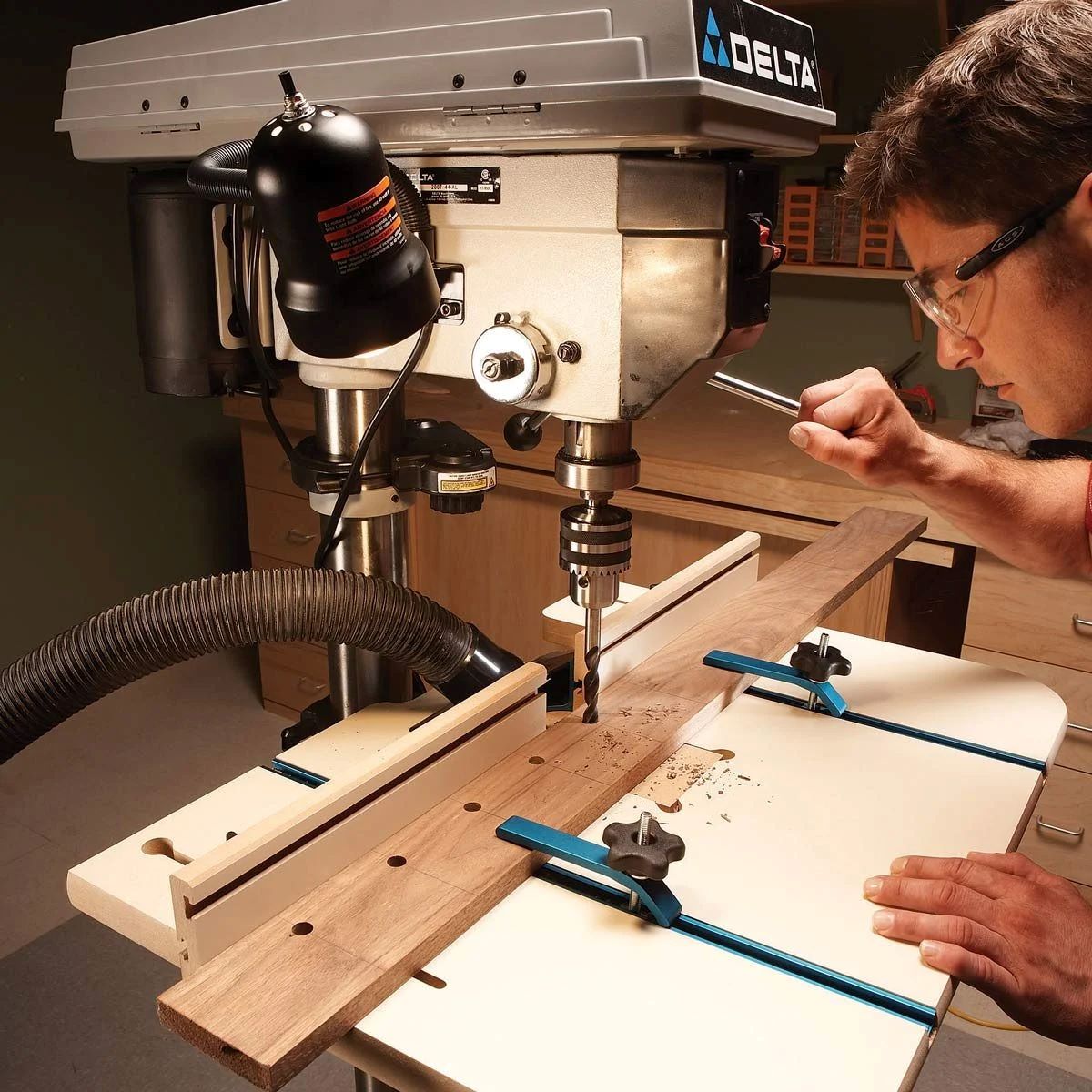
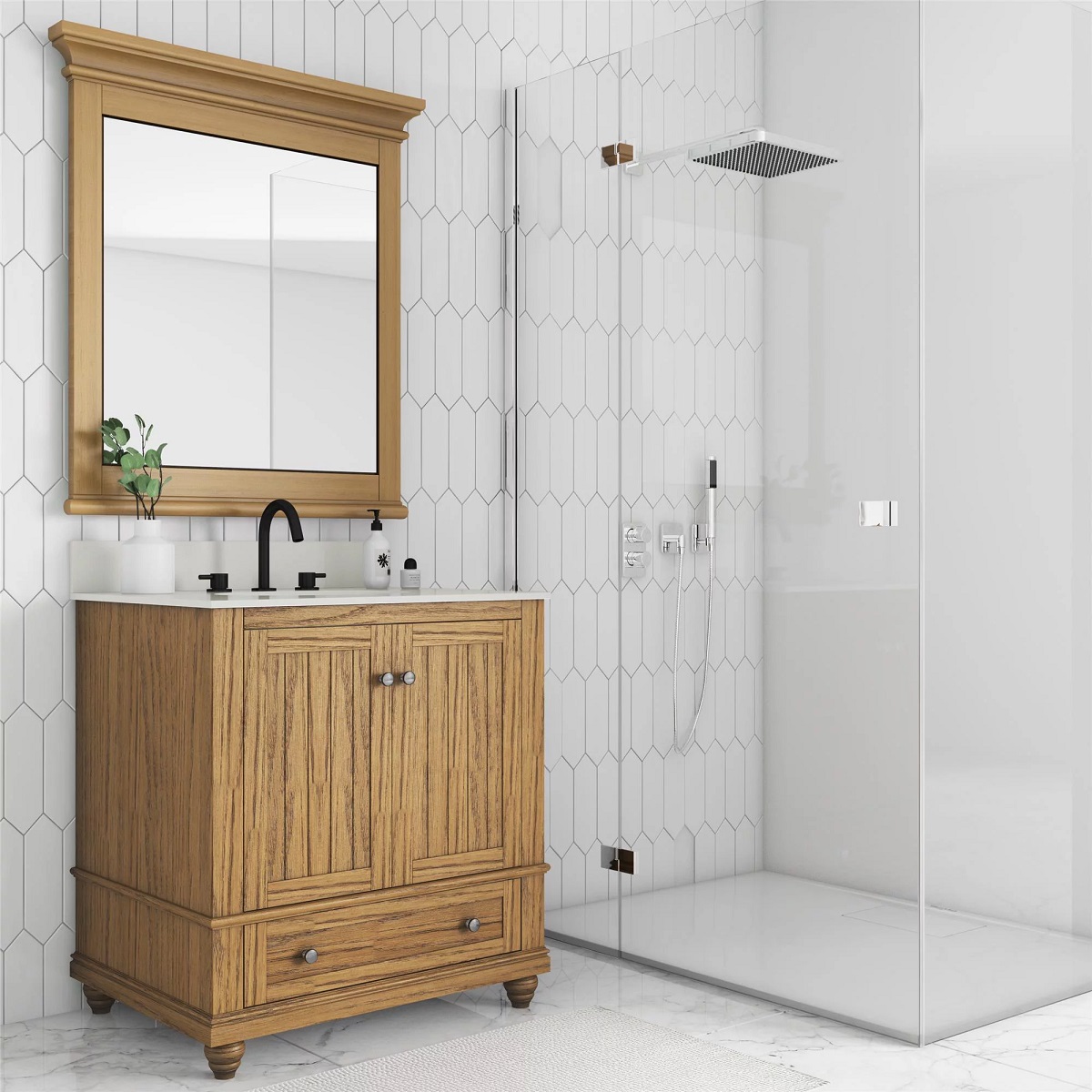
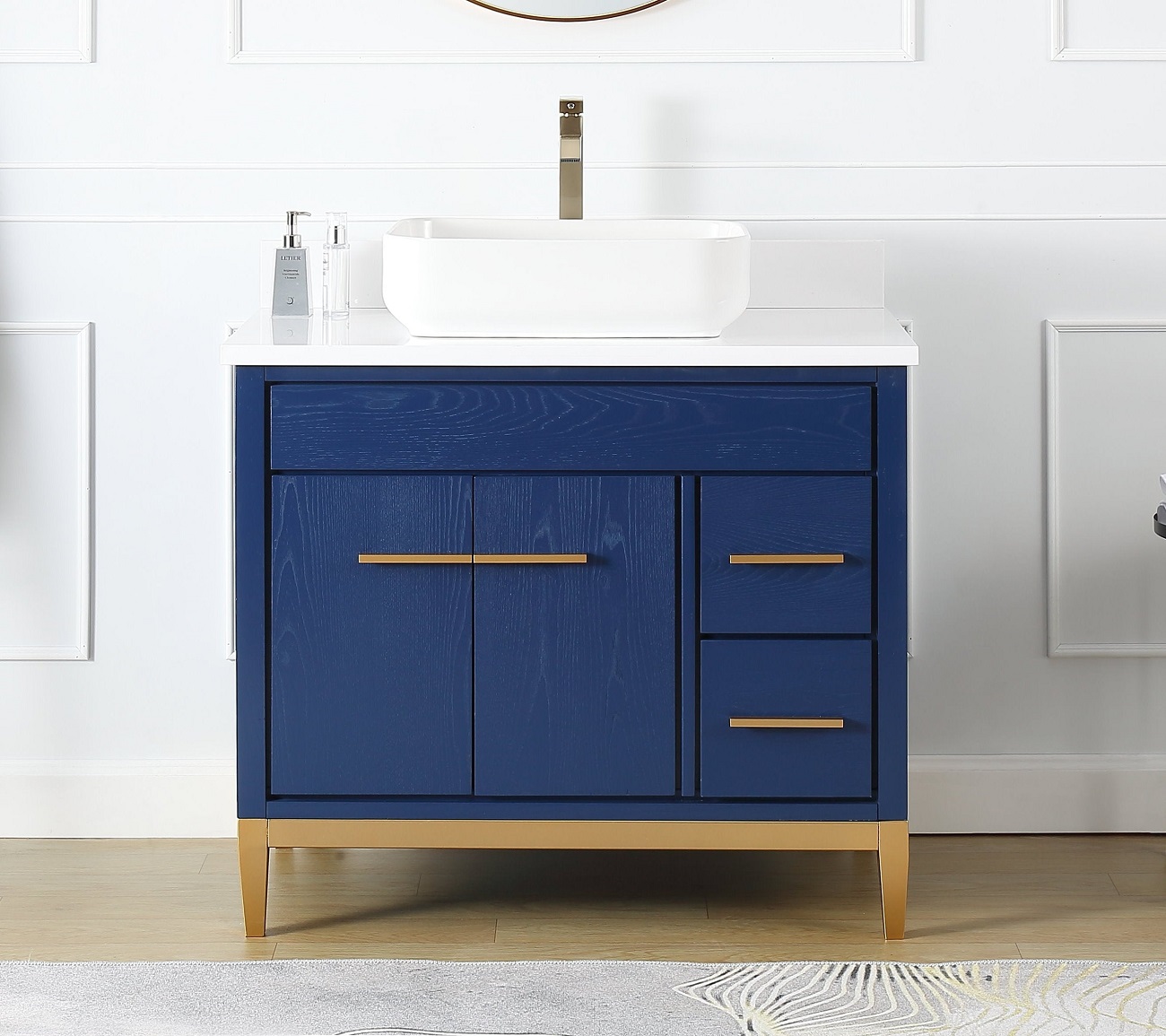



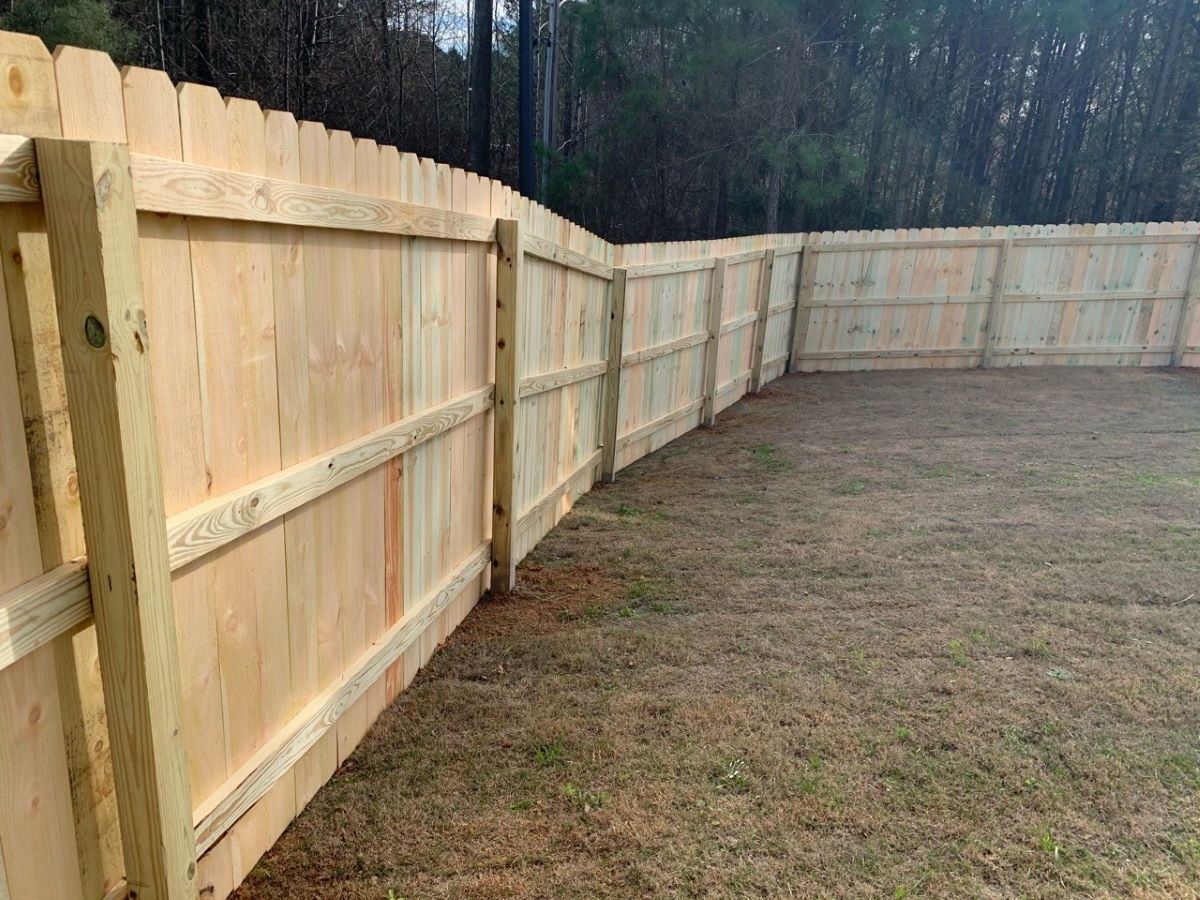
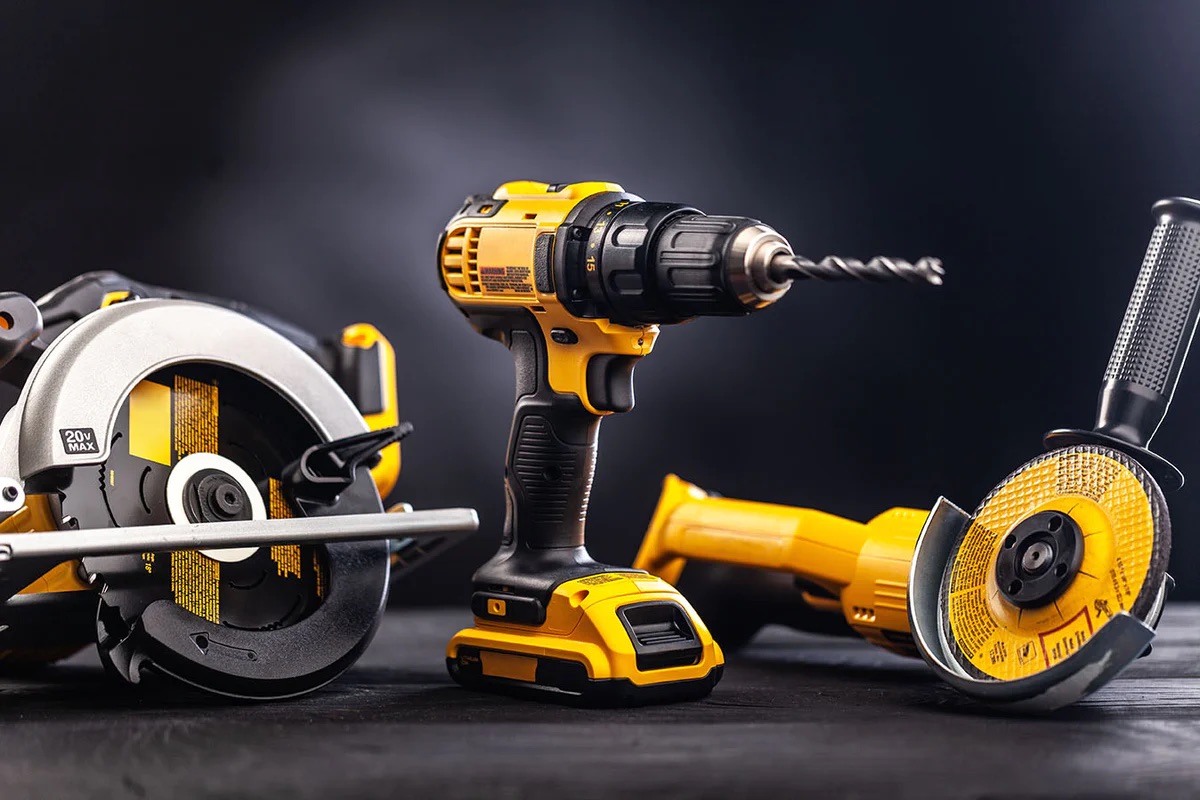

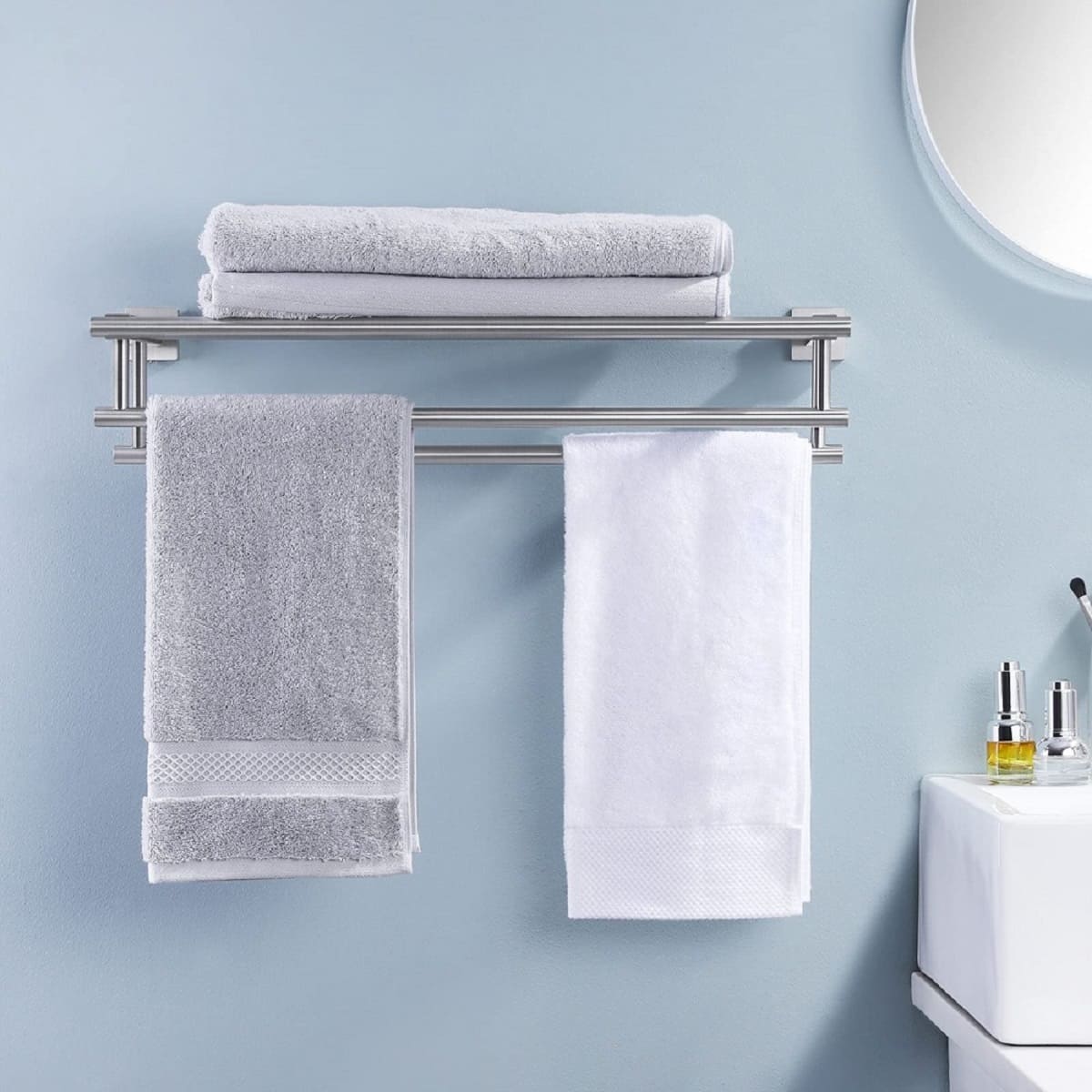
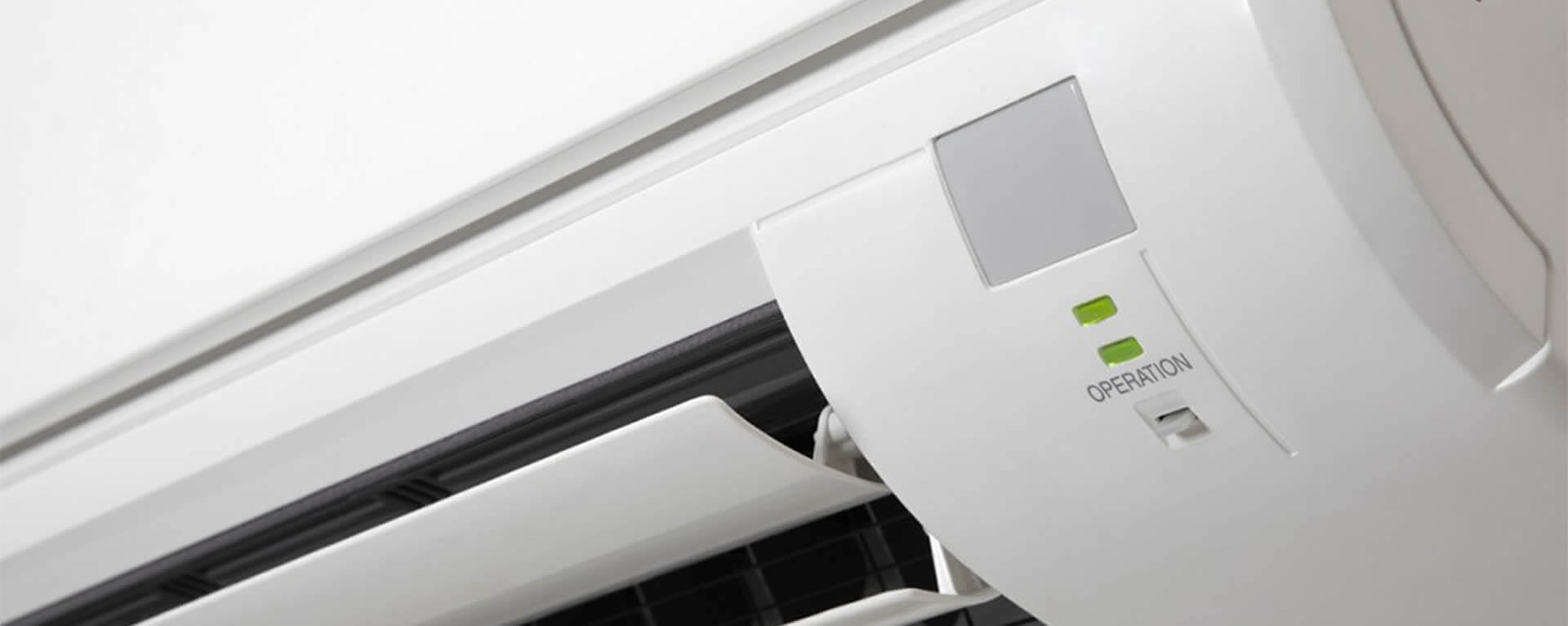


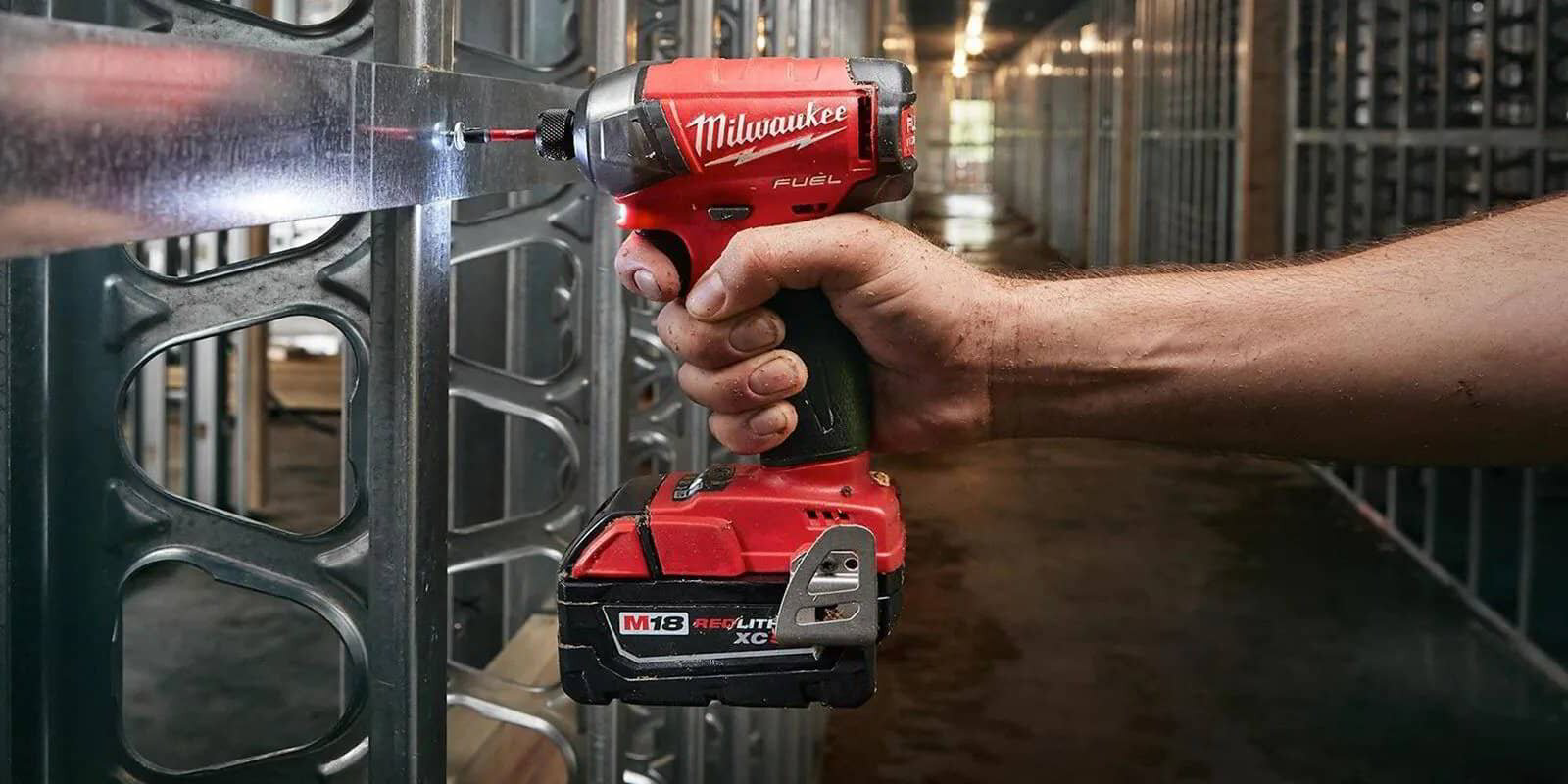

0 thoughts on “What Is The Ideal Inverter Size For Power Tools”